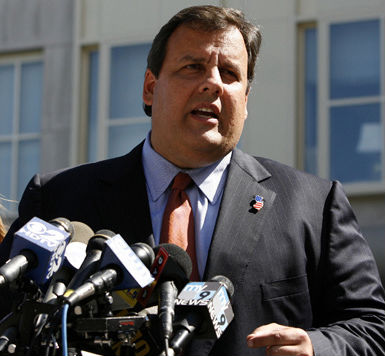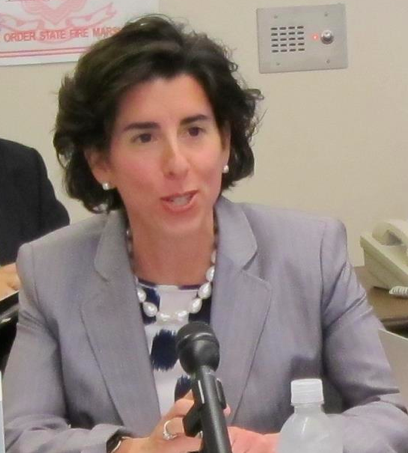Kentucky lawmakers now stand at a crossroads after negotiations went south on Tuesday regarding the bill crafted to help fund the state’s Teachers’ Retirement System.
In the House, lawmakers are pushing for a $3.3 billion bond to shore up the system’s finances.
But Senate lawmakers re-crafted their version of the bill this month to include an official study of the pension system before any bond is issued.
The two sides met on Tuesday, but failed to come away with any progress.
From the Courier-Journal:
House Speaker Greg Stumbo, D-Prestonsburg, was pushing for $3.3 billion in bonds to help Kentucky Teachers’ Retirement System stabilize its finances and cope with a massive $14 billion shortfall.
But Senate Republicans remained skeptical about committing to bonds without an opportunity to study the system for structural reforms.
At one point in negotiations, Stumbo suggested that lawmakers could authorize the bonds but withhold around $1.4 billion in proceeds until after lawmakers complete a study of the system this year.
Sen. Joe Bowen, a Republican from Owensboro who chairs the Senate State and Local Government Committee, said the Senate countered with an offer to provide an immediate infusion of $50 million followed by a study. House lawmakers rejected the proposal he said.
[…]
Bowen suggested that legislators may still try to examine the system for potential reforms next year.
The Kentucky Teachers’ Retirement System is 54 percent funded – but that number is expected to dip when the system begins calculating liabilities according to new accounting rules.
Photo credit: “Ky With HP Background” by Original uploader was HiB2Bornot2B at en.wikipedia – Transferred from en.wikipedia; transfer was stated to be made by User:Vini 175.. Licensed under CC BY-SA 2.5 via Wikimedia Commons – http://commons.wikimedia.org/wiki/File:Ky_With_HP_Background.png#mediaviewer/File:Ky_With_HP_Background.png









